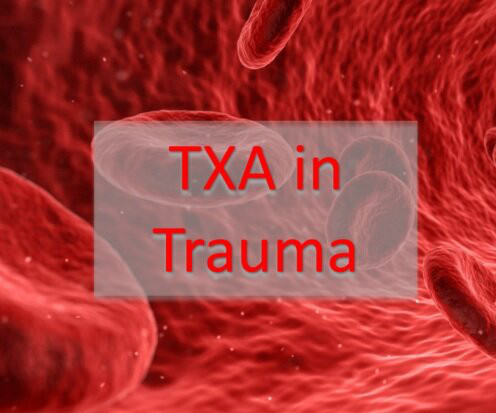Vasopressor Nonresponse
Northwestern EM Blog
JANUARY 24, 2022
Written by: Elizabeth Stulpin, MD (NUEM ‘23) Edited by: Aaron Wibberly, MD (NUEM ‘22) Expert Commentary by : Joshua Zimmerman, MD (NUEM ‘17) Non-Response to Vasopressors Shock is defined as a state of cellular and tissue hypoxia resulting in end organ dysfunction. And for most forms, EM physicians are not typically shocked by shock.













Let's personalize your content